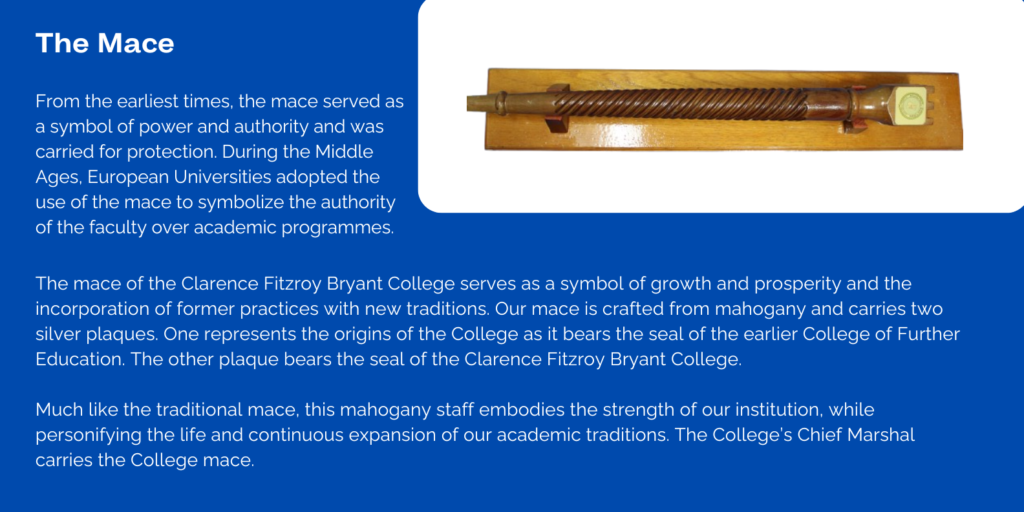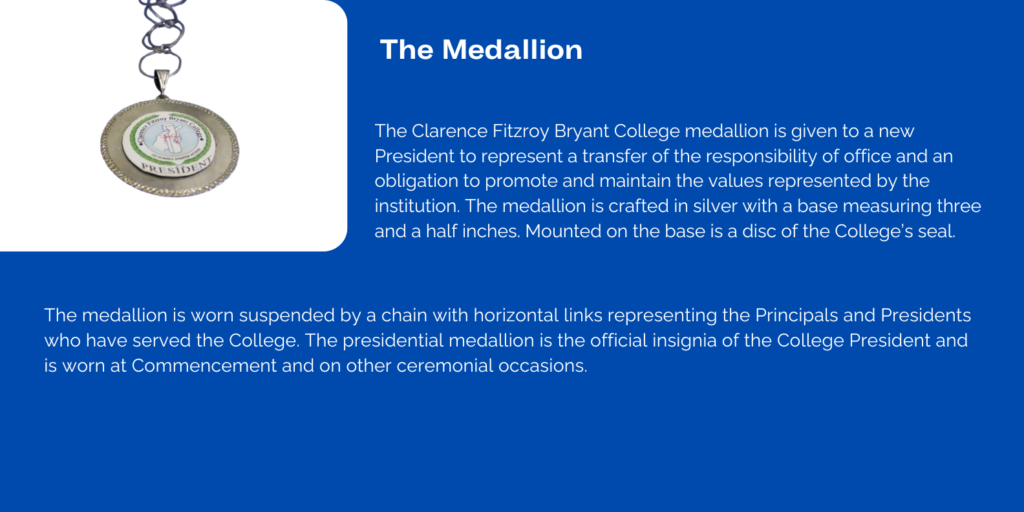
The tradition of commencement ceremonies, which signify the conclusion of academic programmes, has a long history dating back to the medieval era. In the early days, graduates of universities would come together for a formal event to honour their academic accomplishments, often including a religious component.
The term “commencement” is derived from the concept of “beginning,” as graduates were viewed as starting their professional lives. As universities grew, the ceremonies also expanded. The focus transitioned from religious practices to more secular themes, placing emphasis on knowledge and intellectual success. During this time, speeches became a significant aspect of the ceremony, allowing graduates to demonstrate their learning and oratory skills.
Commencement rituals, academic attire, and procedures became standardized during this time. Caps and gowns were introduced, serving as symbols of academic accomplishment. Over time, commencement ceremonies evolved into significant cultural gatherings, frequently including influential speakers, entertainment, and festivities that engaged families and communities.
Today, these ceremonies represent not only the conclusion of an academic pursuit but also the beginning of new opportunities, bringing graduates together to celebrate their hard work and success.
At CFBC we are thrilled to celebrate the accomplishments of our graduates at our annual commencement ceremony.
Academic Symbols
There are three symbolic elements that are seen at our commencement ceremony. Each carries significant meaning and represents the various aspects of the institution’s identity. They are the mace, the medallion, and the academic regalia. Here are a few key points about their significance:
The Regalia
The academic costumes worn today come to us from the medieval universities of Britain. When European universities were taking form in the twelfth centuries, the scholars were usually clerics as well, and consequently, they adopted costumes similar to those of their monastic orders. Cold halls and draughty buildings made caps and floor-length gowns with attached hoods a necessity for warmth. Probably because of the religious heritage of the academic costumes, they remained largely drab until universities gradually began to pass from the control of the church, whereupon some aspects of the costumes took on brighter hues. Old prints reveal a strong similarity between regalia worn in early universities and the academic costumes worn today.
The flowing down has become symbolic of the democracy of scholarship for it covers any dress that might indicate rank or social stratum. However, while some colleges continue to adhere to the traditional black gown, many colleges have gowns of a distinctive colour, hence the royal blue of the Clarence Fitzroy Bryant College’s gown.
The hood is the most colourful and distinctive piece of the academic ensemble and denotes the degree held. The length, lining, and trim reveal the wearer’s degree, area of study and alma mater. The hood is worn draped over the shoulders with the lining exposed. It is lined with the school’s official colours.
The lining of the hood worn by a graduate of the Clarence Fitzroy Bryant denotes the Division of the College that housed their programme of study.

Graduates of the Bachelor of Science (Nursing) wear the academic regalia of The University of the West Indies- the blue princetta gown with cape sleeves, blue outside hood faced with purple and top edge bound in blue and white.
Graduates with Honours
Those graduates who have earned the right to graduate with honours are distinguished from their peers by the stole draped around their shoulders. On each stole is written the class of honour in Latin which has been earned by the wearer. The fabrics of the stole are those of the national dress of the Federation and are chosen for their national symbolism.
The cords mark those students who were involved in the extra and co-curricular life of the College.
‘Click cheers!’ for more information about our upcoming commencement ceremony. CHEERS!








